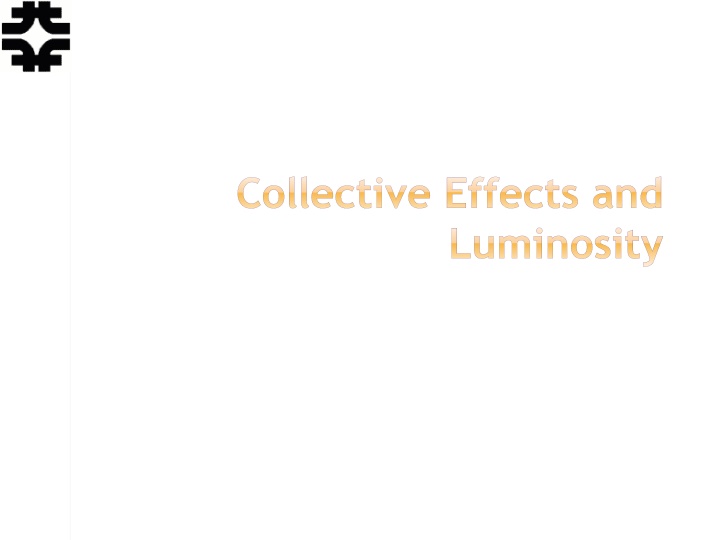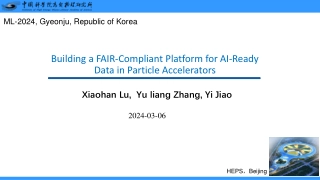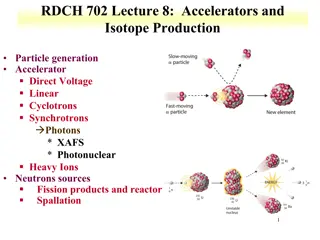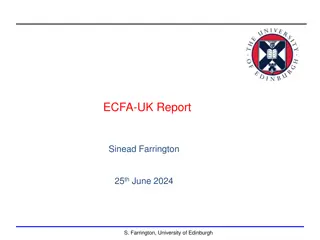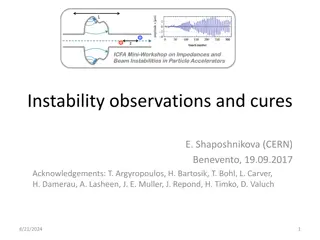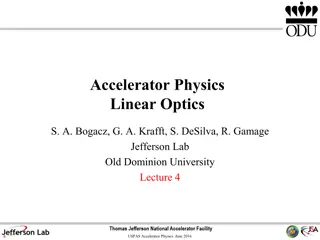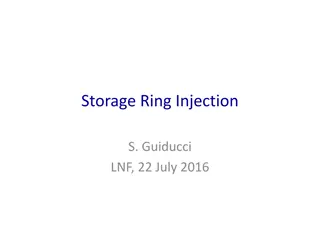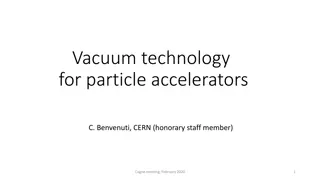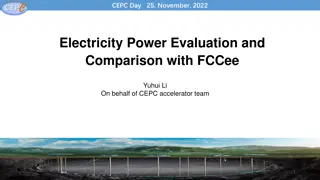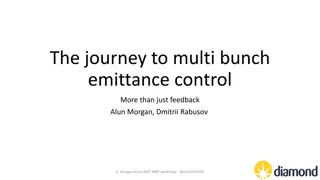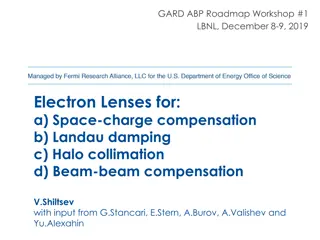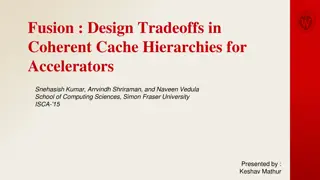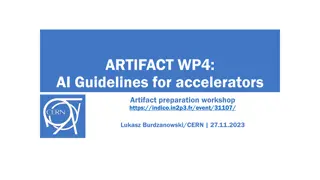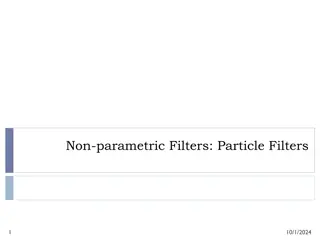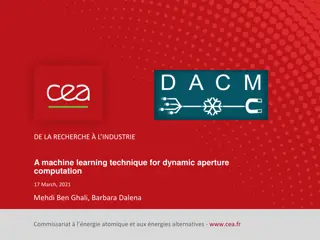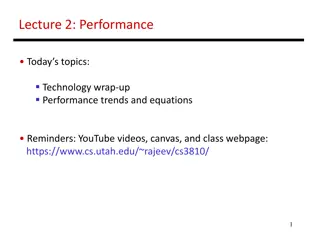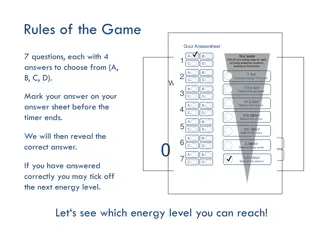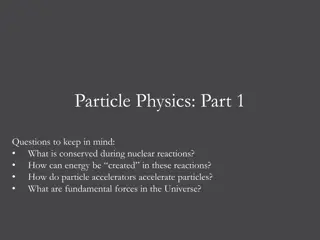Challenges in High-Power RF Systems for Particle Accelerators
Addressing the challenges faced in high-power RF systems for particle accelerators, including issues such as power compensation, RF efficiency, and power coupler limitations. The content discusses solutions like nonconstant voltage and phase acceleration methods and introduces new ideas for improving RF efficiency. Explore the parameters and limitations of a potential double-ring accelerator design for CEPC, highlighting the complexities involved in maintaining high lumi and power levels while ensuring optimal performance.
Download Presentation

Please find below an Image/Link to download the presentation.
The content on the website is provided AS IS for your information and personal use only. It may not be sold, licensed, or shared on other websites without obtaining consent from the author.If you encounter any issues during the download, it is possible that the publisher has removed the file from their server.
You are allowed to download the files provided on this website for personal or commercial use, subject to the condition that they are used lawfully. All files are the property of their respective owners.
The content on the website is provided AS IS for your information and personal use only. It may not be sold, licensed, or shared on other websites without obtaining consent from the author.
E N D
Presentation Transcript
Collective Effects and Luminosity Eric Prebys, FNAL
Space Charge So far, we have not considered the effect that particles in a bunch might have on each other, or on particles in another bunch. Consider the effect off space charge on the transverse distribution of the beam. E r r ( )= B Ne 2ps2e-r2/2s2 radial charge density If we look at the field at a radius r, we have 2 Lecture 14 - Collective Effects USPAS, Knoxville, TN, January 20-31, 2014
Similarly, Amperes Law gives r Nev s2L ) q re-r2/2s2dr = 2prB = m0Ienclosed= m0 Bidl 0 ( Nev 2prL1-e-r2/2s2 B = m0 = - r Linear charge density 3 Lecture 14 - Collective Effects USPAS, Knoxville, TN, January 20-31, 2014
We can break this into components in x and y Fxx,0 ( ) Non-linear and coupled ouch! but for x<< x ~sx x ~linear and decoupled 4 Lecture 14 - Collective Effects USPAS, Knoxville, TN, January 20-31, 2014
classical radius=1.5310-18 m for protons ds 1 f This looks like a distributed defocusing quad of strength d nr0 k = - b2g 3s2 so the total tuneshift is Bunching factor Maximum tuneshift for particles near core of beam 5 Lecture 14 - Collective Effects USPAS, Knoxville, TN, January 20-31, 2014
Example: Fermilab Booster@Injection This is pretty large, but because this is a rapid cycling machine, it is less sensitive to resonances Because this affects individual particles, it s referred to as an incoherent tune shift , which results in a tune spread. There is also a coherent tune shift , caused by images charges in the walls of the beam pipe and/or magnets, which affects the entire bunch more or less equally. This is an important effect, but beyond the scope of this lecture. 6 Lecture 14 - Collective Effects USPAS, Knoxville, TN, January 20-31, 2014
Beam-beam Interaction If two oppositelycharged bunches pass through each other B B E E Both E and B fields are attractive to the particles in the other bunch v v If two bunches with the samesign pass through each other B B E E Both E and B fields are repulsive to the particles in the other bunch v v In either case, the forces add 7 Lecture 14 - Collective Effects USPAS, Knoxville, TN, January 20-31, 2014
2 vp; y =Fy x =Fx vpDs; D y =Fy D x =Fx vpDs vp Integrate Effective Length L L v v Front of first bunch encounters front of second bunch Front of first bunch exits second bunch. v v L 2 Effective length 8 Lecture 14 - Collective Effects USPAS, Knoxville, TN, January 20-31, 2014
b 1 Small x and y Maximum tuneshift for particles near center of bunch normalized emittance Tuneshift Parameter 9 Lecture 14 - Collective Effects USPAS, Knoxville, TN, January 20-31, 2014
Luminosity and Tuneshift The total tuneshift will ultimately limit the performance of any collider, by driving the beam onto an unstable resonance. Values of on the order ~.02 are typically the limit. However, we have seen the somewhat surprising result that the tuneshift does not depend on *, but only on For a collider, we have We assume we will run the collider at the tuneshift limit , in which case we can increase luminosity by Making * as small as possible Increasing Nb and proportionally. 10 Lecture 14 - Collective Effects USPAS, Knoxville, TN, January 20-31, 2014
